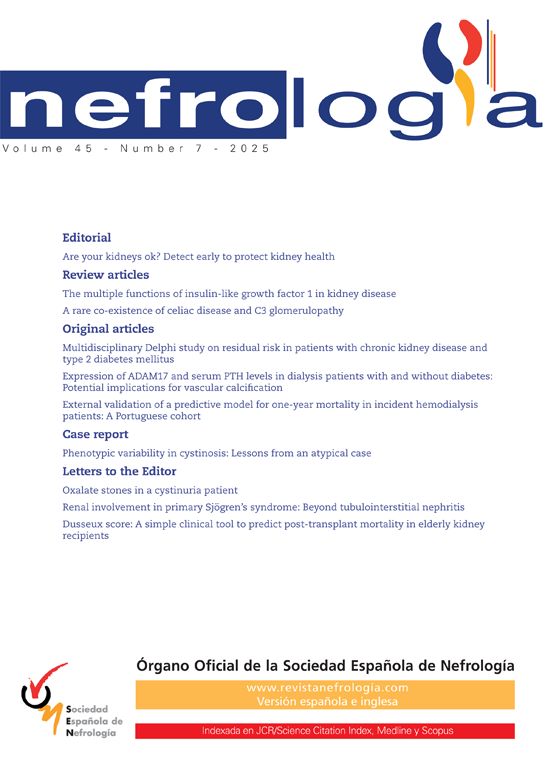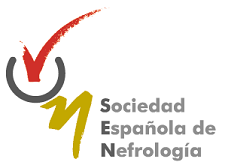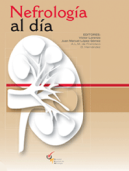We are grateful for the comments received and, in response, offer the following considerations, based on current evidence and aimed at highlighting both the methodological soundness and clinical relevance of our study.
Multicentricity as a methodological strengthWe consider that one of the methodological strengths of our study is its multicentre nature. The participation of 13 hospitals distributed throughout Spain, from the Canary Islands to Asturias, has allowed us to study a diverse cohort that accurately reflects the clinical and geographical variability of patients with advanced chronic kidney disease in our country.
This breadth reinforces the external validity of the study, in contrast to previous studies carried out in a single centre. As several publications have pointed out, multicentre studies are essential to validate predictive tools in heterogeneous populations, reducing possible biases of regional origin.1 Our approach is also consistent with the recommendations of the KDIGO 2024 Clinical Practice Guideline for the Evaluation and Management of Chronic Kidney Disease, published by Kidney Disease | Improving Global Outcomes (KDIGO), which advocates validating models in different populations before their routine clinical application.2,3
Exclusion of non-renal deaths: methodological rationaleThe decision to exclude patients who died of non-renal causes prior to outcome is a deliberate attempt to remain faithful to the original objective of the Kidney Failure Risk Equation (KFRE) formula. As the developers of the model themselves point out, its purpose is to estimate the risk of progression to end-stage renal failure, especially in patients at highest risk, and thus facilitate the organization of appropriate care pathways.4,5
This approach is supported by other studies, which point out that the inclusion of non-renal deaths as competing events may compromise the accuracy of the model, particularly in older populations.6–8 Indeed, one article on renal transplant patients adopted a similar strategy, excluding such events in their KFRE validations.9
We believe that our methodological approach allows a more nuanced assessment of the predictive capacity of the model in relation to its specific objective: to identify patients* at risk of requiring renal replacement therapy.
Model performance and need for recalibrationThe results obtained, with a five-year Area Under the Curve (AUC) of 0.7639, reflect a satisfactory performance in our national cohort. Although this value may seem somewhat lower than that reported in original studies in Canadian populations, this difference is consistent with the existing literature, which points to the need to recalibrate the KFRE when applied in populations other than those in which it was developed.6
Recent validations in countries such as the United Kingdom or Singapore have confirmed that, although the discriminative ability of the model is usually maintained, its calibration requires adjustments to adapt to specific clinical and epidemiological contexts.10,11
Differentiation from previous studies in SpainTo the best of our knowledge, this study represents the first multicentre validation of the KFRE formula performed in Spain. Our sample included 602 patients from 13 hospitals, which provides not only statistical robustness, but also a diverse representation of the clinical realities of the country.
We believe that our work complements the findings of other research conducted in the Spanish population, providing concrete and contextualized information on the utility of the model within our healthcare system.12
Finally, we recognize the value of the work of Gallego-Valcarce et al. who performed the first validation of the KFRE model in a Spanish cohort.12 However, that study was single-centre and had a smaller sample (n = 339), limited to a single Madrid hospital. This contrasts with the breadth and diversity of our cohort, whose multicentre nature considerably strengthens the external validity and generalizability of the results.
We analysed both the KFRE formula and the Grams formula in this study, the latter considering death as a competing event in predicting the risk of progression to end-stage CKD. The Grams formula is especially relevant for identifying patients with a higher risk of mortality, in whom it could be useful to propose differentiated strategies with respect to renal replacement therapy, should this become necessary. Finally, the KDIGO guidelines recommend the use of the KFRE formula in the evaluation of patients with chronic kidney disease, with an evidence grade of 1A, and also indicate as a research priority the validation and calibration of the formulas for predicting end-stage renal disease, cardiovascular risk and mortality, a task to which both authors have tried to contribute with our studies. We explicitly opted to exclude non-renal deaths, thus preserving the specificity of the KFRE formula in its original function. As recently pointed out, including deaths as competing events may substantially modify the interpretation of the predictive performance of the model.8
Finally, our study evaluates not only model discrimination and calibration, but also additional metrics such as bias and precision, which are fundamental for a comprehensive and comparative assessment of predictive model performance.
FinancingThe study was funded in part by grants from the Instituto de Salud Carlos III, Madrid, Spain (ICI21/00042 and Red RICORS RD21/0005/0012), FONDOS FEDER and FIISC (PFIISC23/12).
The authors declare that they have no conflicts of interest.





